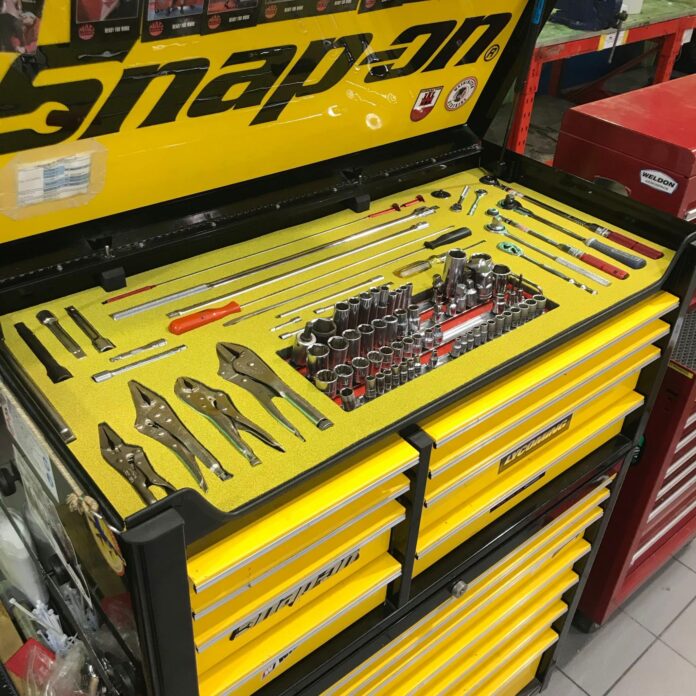An organised toolbox is unquestionably a tremendous asset when it comes to doing work day by day. Yet sadly, not everyone recognises this at the start. This is totally understandable, after all it’s almost a guarantee when you’re busy using tools you’re indeed busy, and this means taking more time to organise the range of tools can indeed feel like a challenging process. This said, an organised toolbox can actually save a ton of time, in addition to providing a whole other array of benefits. Let’s look at them now.
When a tool is needed urgently
It’s an unfortunate reality that working with tools and on job sites can be dangerous. Even when the proper can is taken to maximise health and safety, sometimes a danger can arise out of the blue. In such instances, having quick access to the right tool can be the difference between avoiding any harm to people and property, and significant harm being done. That’s why having an organised toolbox is so important, as a disorganised toolbox in such a circumstance could be a real hindrance on quickly restoring safety to a dangerous circumstance.
For general productivity
Even when a tool is not needed urgently, there’s still a strong case to be made for toolbox organisation. This is because there’s ultimately only so many hours in a day, and if time is constantly spent each time the toolbox is accessed searching for a particular tool, overall those seconds and minutes can really add up to a very long time indeed. But when a toolbox is organised neatly, it’ll be easy to locate a tool that is needed pronto, and that means the overall productivity on the job day by day shall be much better in contrast to using a disorganised toolbox.
To reduce the chance of damaging tools
Another downside of a disorganised toolbox is the risks surrounding the damage to fragile tools that can occur. When tools are stored properly, the risk of damage to them is very minimal – if outright non-existent. But when they are stored in a disorganised fashion, there’s the chance that the tools will get damaged, particularly when heavy tools can bump and grind against lighter and more fragile tools.
It avoids the risk of ‘doubling up’ on tools
When you don’t know what you have, it’s easy to buy more than you need. A disorganised toolbox increases the risk of this occurring, and occurring often. Not only can this result in more costs being incurred than are necessary, but it can ultimately compound the problem of a disorganised toolbox as multiple tools are added to the same one, making it harder to find other tools that get buried amidst the doubles.
Conclusion
When a toolbox is organised productivity will increase, the risk of damaging tools will decrease, and the risk of ‘doubling up’ on tools will significantly reduce. That’s why if acquiring a toolbox for the first time keeping it organised is a must, and if currently owning a disorganised toolbox, there’s never been a better time to get started on organising it!






